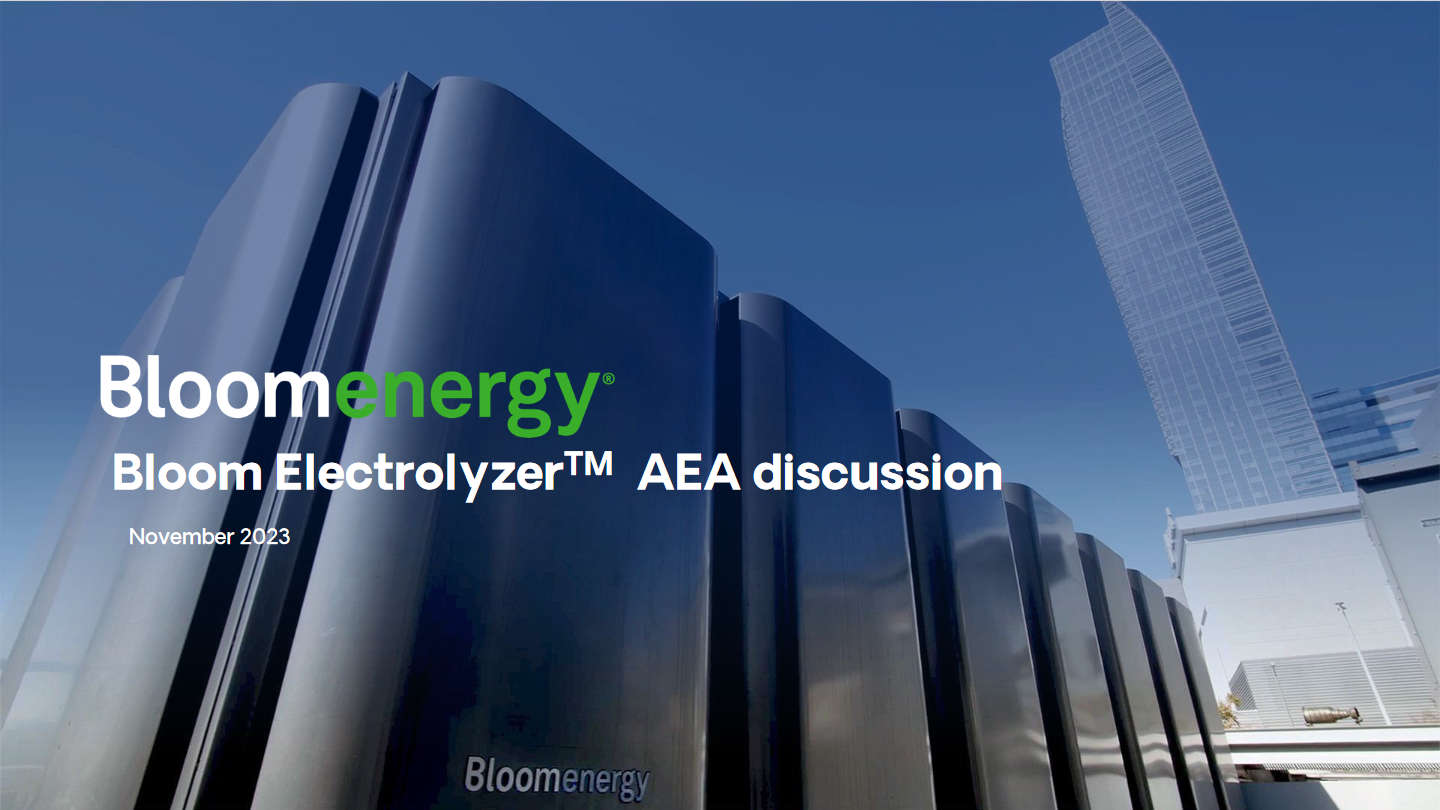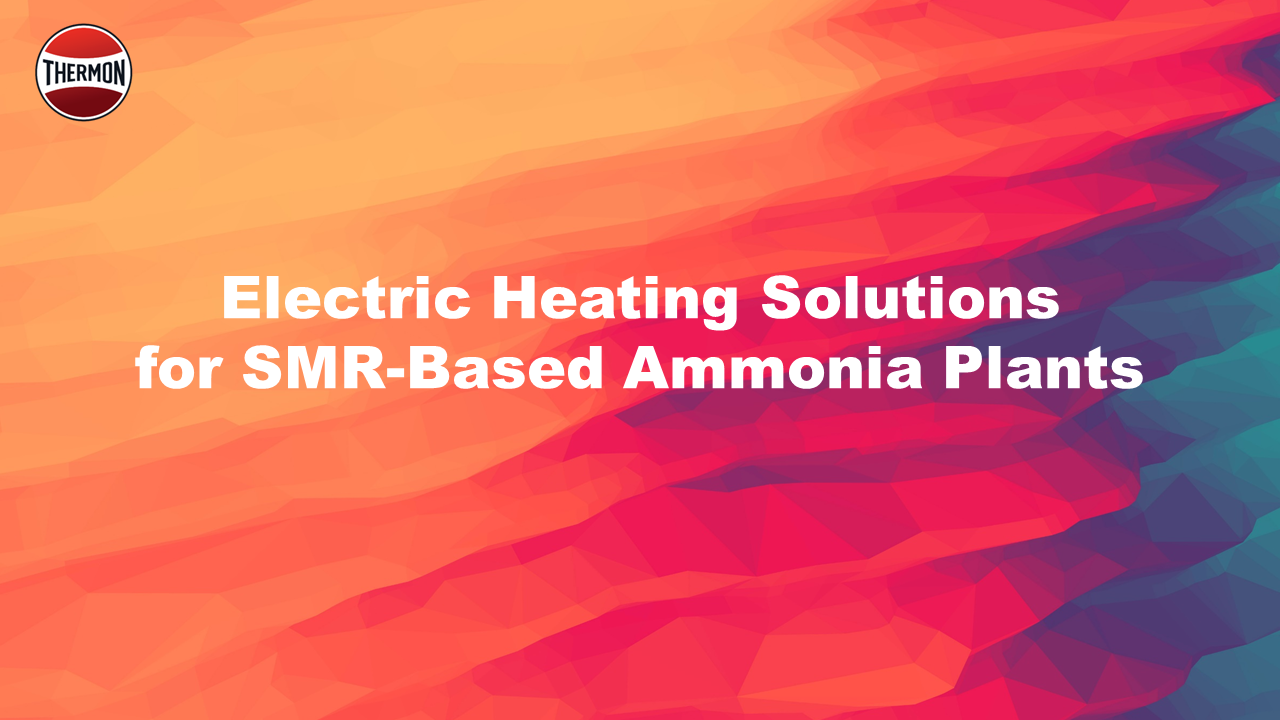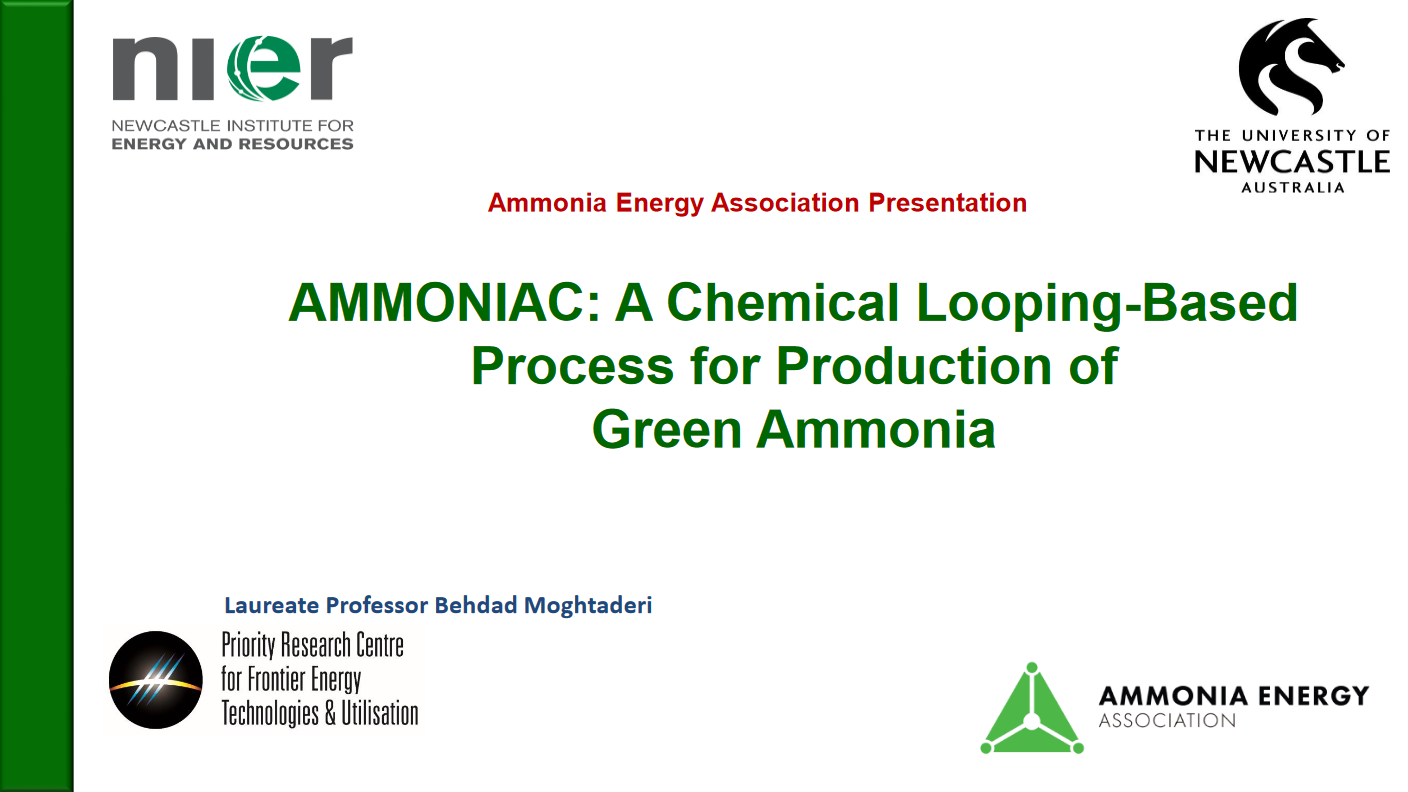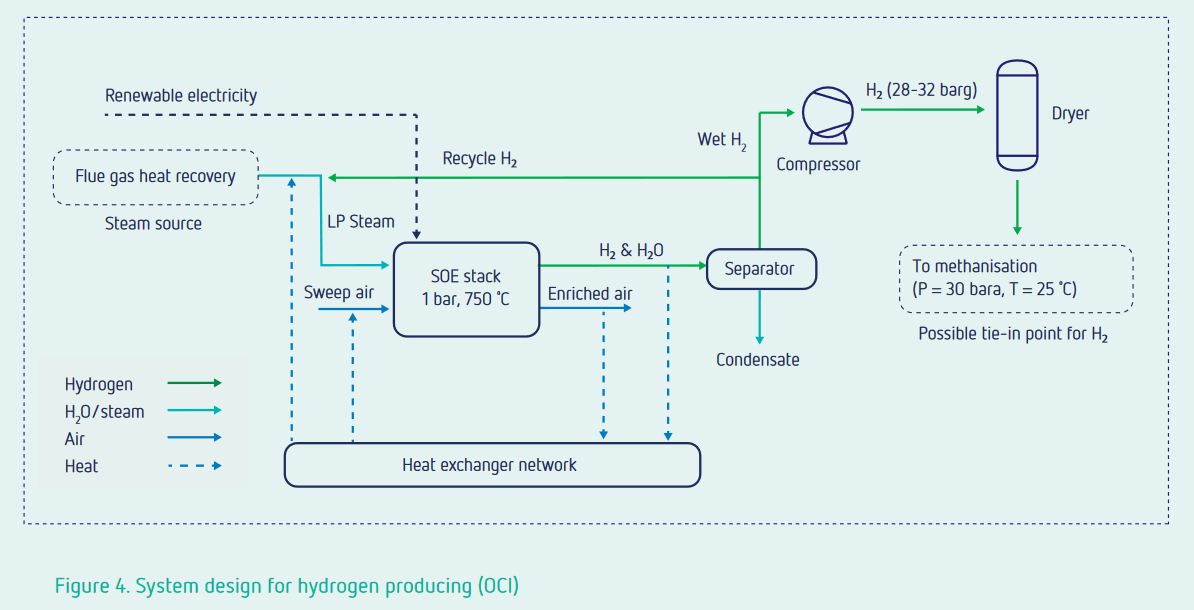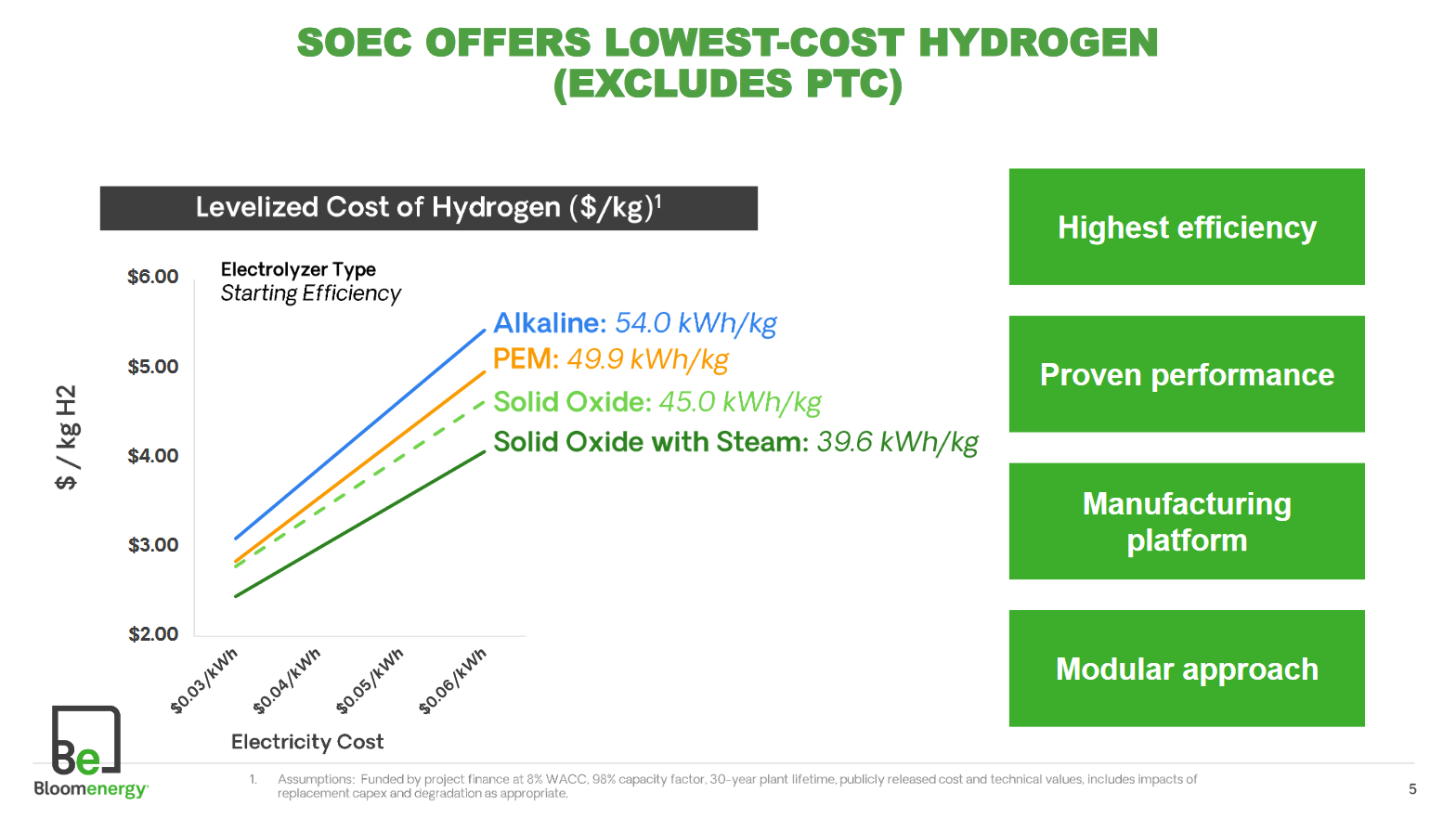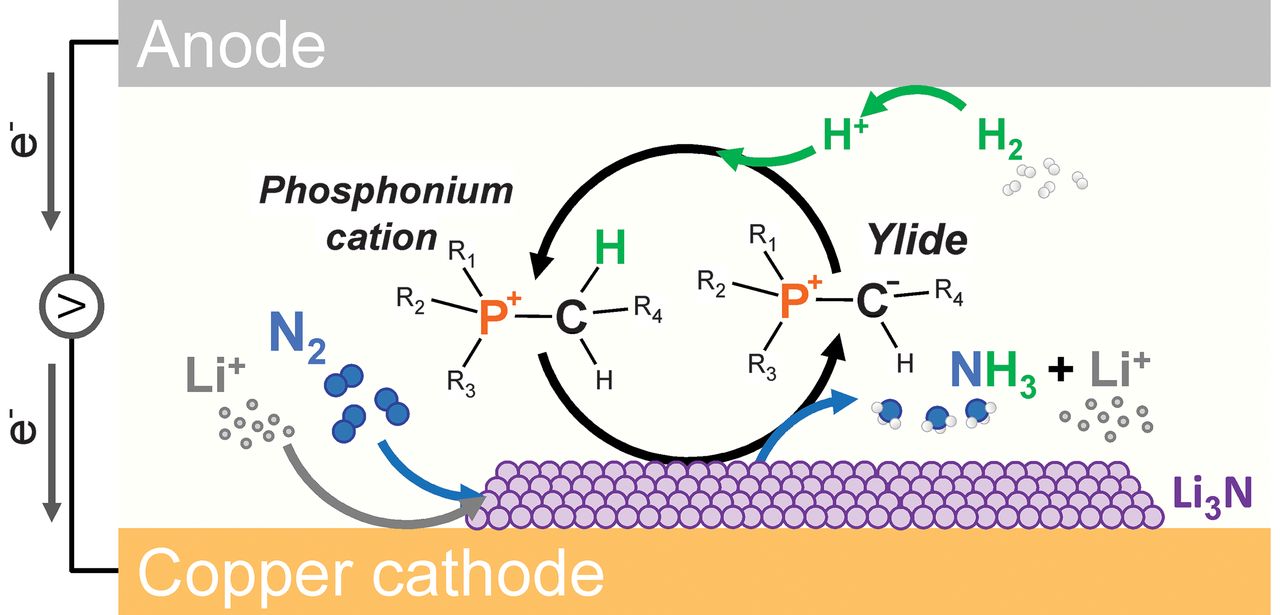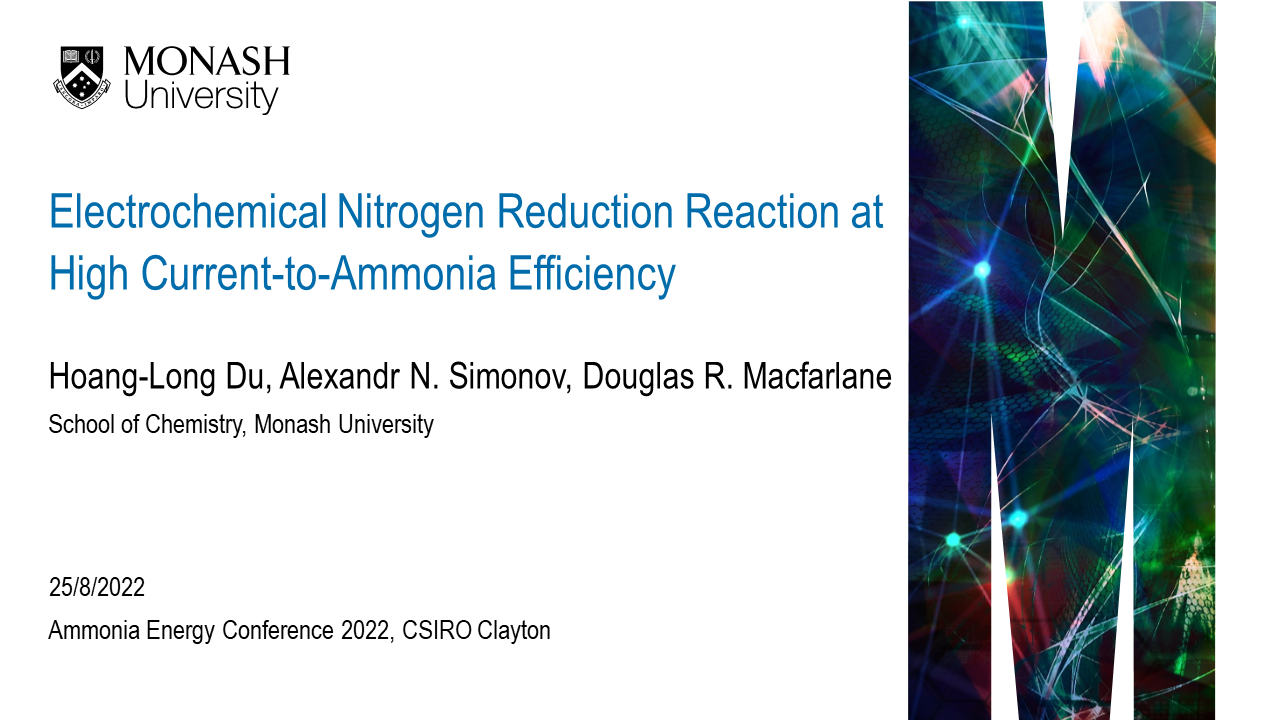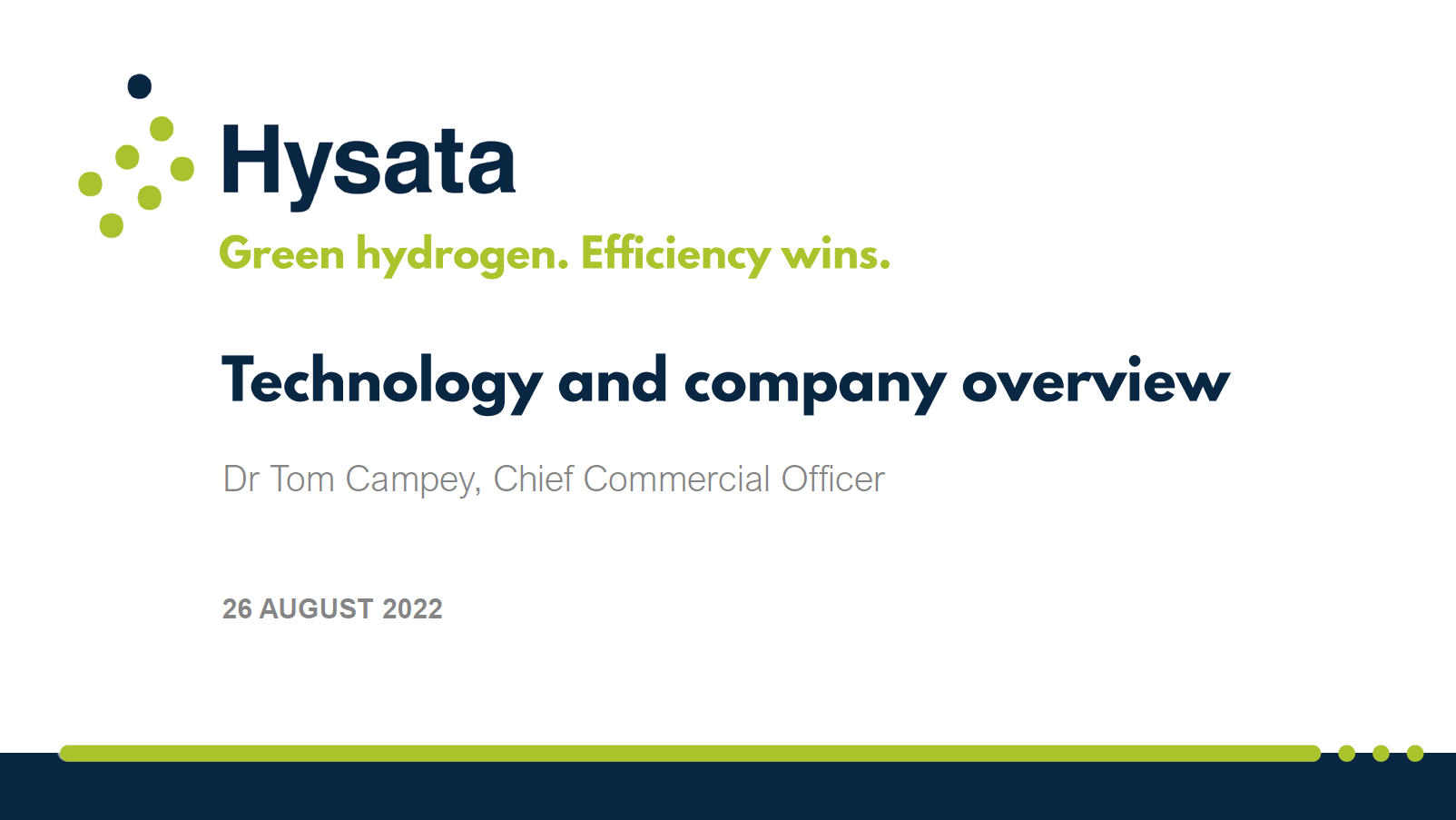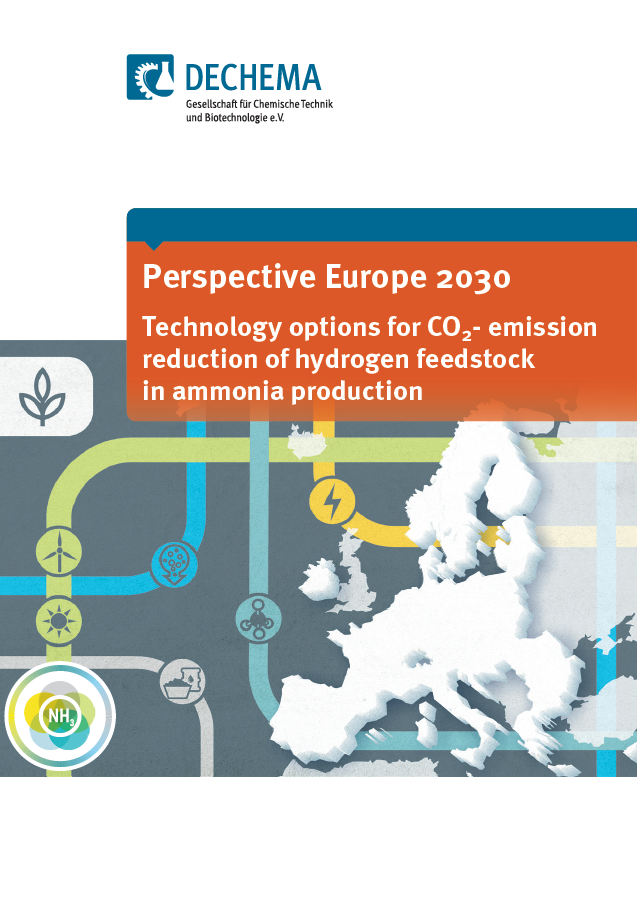Energy Efficiency
Electric Heating Solutions for SMR-Based Ammonia Plants
Solid oxide electrolysis: building capacity
Solid oxide electrolysis has recently gained traction, and is fast becoming an attractive technology option for new ammonia production projects. This week we will explore a recent ISPT report, the scale-up of Topsoe’s manufacturing capacity, and several project announcements.
Coupling solid oxide electrolysis to ammonia production
In our January episode of Ammonia Project Features, we explored the current commercial status of solid oxide electrolysis, and its potential to be integrated with ammonia production. Rick Beuttel (Bloom Energy) and Jakob Krummenacher (LSB industries) also discussed the utilization of the technology in a new decarbonization project at LSB’s ammonia plant in Pryor, Oklahoma.
A road ahead via lithium-mediated electrochemical nitrogen reduction?
Realisation of electrochemical nitrogen reduction to ammonia has proven to be a herculean scientific challenge. Recently, a focus on Lithium-mediated synthesis has delivered promising results. Last year a team from Monash University in Australia unveiled their phosphonium “proton shuttle” method, and this year have reported nearly 100% Faradaic efficiency for the reaction (with promising reaction rates). Late last year, a team from the Technical University of Demark (DTU) reported that addition of small amounts of oxygen gas drastically increased Faradaic efficiencies and production rates. The results push electrochemical synthesis R&D ever-closer to elusive benchmarks set for commercial realisation.
Nitrogen Reduction Reaction at High Current-to-Ammonia Efficiency
Hysata - technology and company overview
DECHEMA and Fertilizers Europe: decarbonizing ammonia production up to 2030
DECHEMA and Fertilizers Europe recently released a new report detailing how & where the European fertilizer industry can decarbonize leading up to 2030. Technology options for CO2-emission reduction of hydrogen feedstock in ammonia production explores decarbonization pathways including energy efficiency improvements, carbon capture & sequestration, renewable hydrogen feedstock and grid-based electrolysis. It proposes a detailed roadmap towards 19% emissions reduction from the EU fertilizer industry by 2030, and – looking ahead to 2050 – forecasts the almost complete decarbonization of the industry, via zero-carbon electricity generation in the EU and the growth of renewable hydrogen production. With the right policy & regulatory levers in place, Fertilizers Europe believes there is no reason the transition cannot happen faster.
